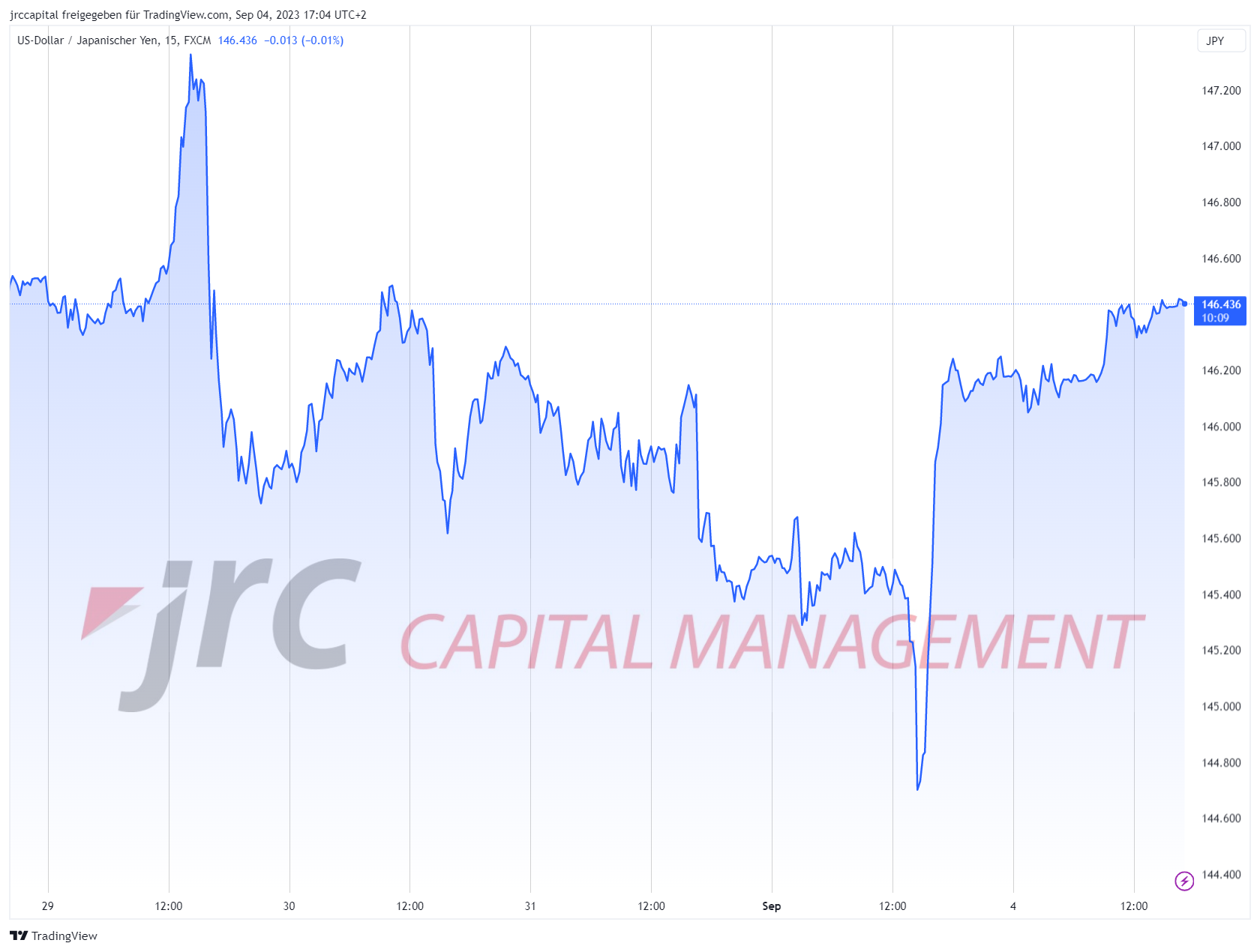Despite the positive US Nonfarm Payrolls, the US dollar has already been under pressure since Thursday. The higher-than-expected unemployment rate could be just one of the reasons. Against the Japanese yen, the U.S. dollar, which slipped more than 1.2% at times on Friday, was able to trade slightly higher again as of today’s Monday. However, the euro and the British pound are also showing gains against the U.S. currency again today after short-term dollar strength over the weekend. But what economic events could still determine the strength of the dollar?
Towards the end of August, it became known that Chinese state-owned banks were increasingly selling U.S. dollars to acquire the renminbi (yuan) on foreign exchange markets at home and abroad. This serves to limit the depreciation of the Chinese currency. While this measure may seem unusual, it is by no means an exception when it comes to stabilizing the currency and share prices.
The Chinese central bank has already been relying on the sale of U.S. dollars for some time to counteract an excessive devaluation of the yuan. This is reflected in particular in the decline in Chinese foreign exchange reserves, especially in holdings of U.S. government bonds. Between January and July this year, foreign currency deposits fell by $32.1 billion to a total of $821.8 billion.
At present, there are no signs of a change in China’s economic policy course.

